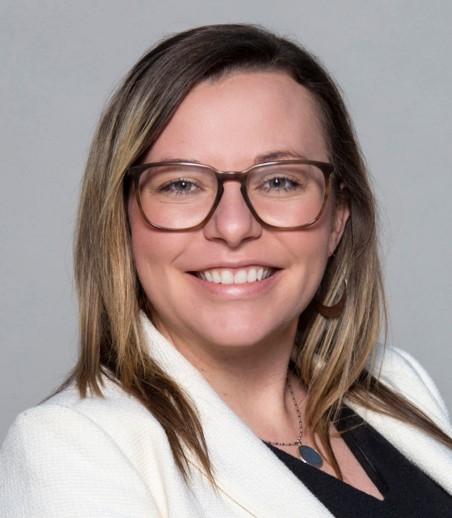- Home
- About Us
- Resources
- Events
- Members Only
- Contact Us
- Join Now
January 2024, Volume 19, Issue 1
TABLE OF CONTENTS
President's Corner
Happy New Year! The new year has brought floods and even snow to the Southeast which goes to show that there really is no “off season” to being prepared and resilient. One of the most effective ways of increasing a community or state’s resiliency is to reflect on previous experiences (they do not necessarily have to be our own) and how we can learn from them to make better decisions for the future. SESWA is a great resource to exchange ideas, learn from others, and collaborate on addressing water quality and flooding in a more comprehensive manner. SESWA’s recent webinar Intersection of Green and Grey Infrastructure and SESWA’s upcoming Seminar are both good opportunities to learn more about others’ experiences to help their communities become more resilient. Registration for the Unprecedented Opportunities for Stormwater Infrastructure Projects Seminar is now open. The single-day event will focus on what is being implemented with the recent influx of funding, while discussing the options for continued investment in infrastructure. As we look ahead, SESWA’s 2024 Annual Action Plan includes a series of actions to be carried out by the membership. I would like to highlight two initiatives that we will be focusing on in 2024:
As we embark on 2024, I ask that you please think about ways to become informed, committed, and engaged in SESWA’s work. I know you will not regret it! Dave Canaan |
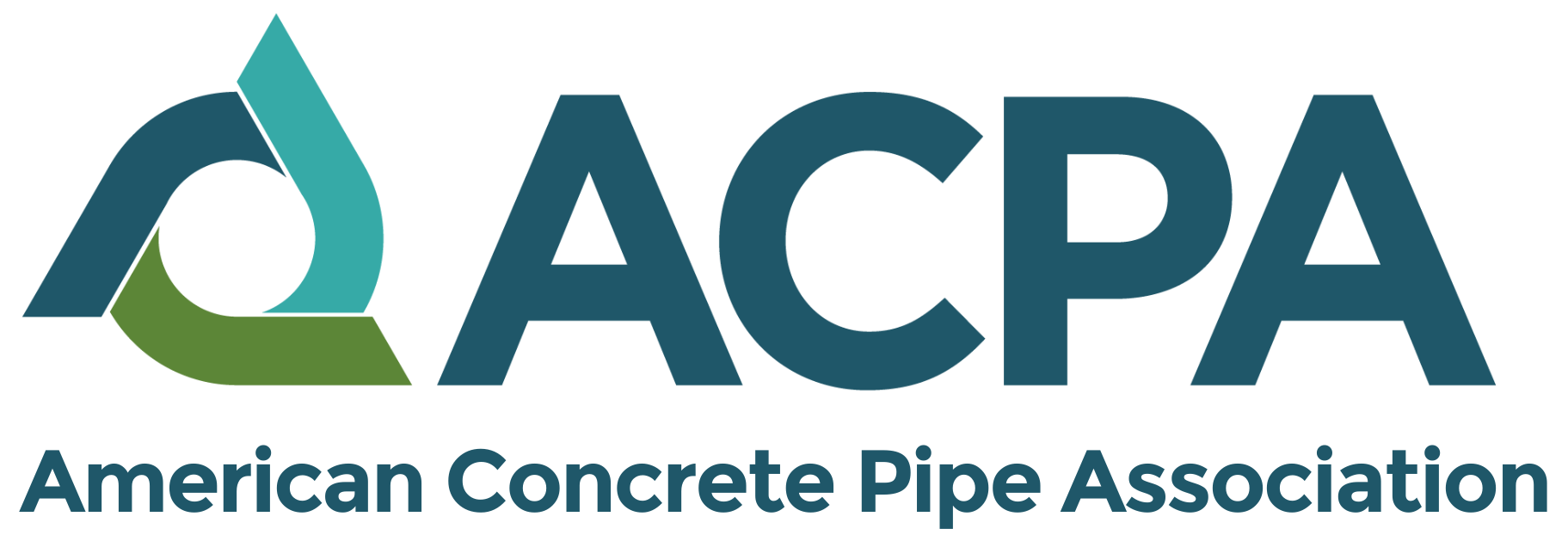 |
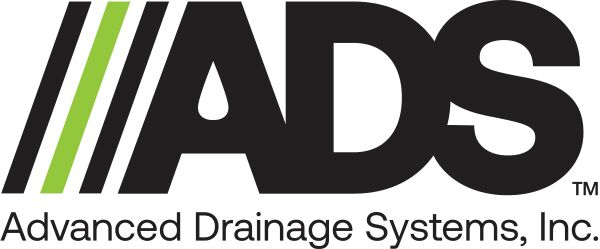 |
 |
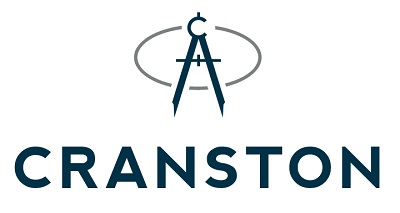 |
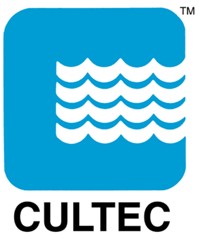 |
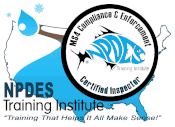 |
 |
19th Annual Regional Stormwater Conference - Save the Date!
 Mark your calendars now for SESWA’s 19th Annual Regional Stormwater Conference. The Conference will be held October 9-11, 2024 in Chattanooga, TN. Circle the dates on your calendar now and look for information coming to your inbox soon, register early for discounted rates – we hope to see you there!
Mark your calendars now for SESWA’s 19th Annual Regional Stormwater Conference. The Conference will be held October 9-11, 2024 in Chattanooga, TN. Circle the dates on your calendar now and look for information coming to your inbox soon, register early for discounted rates – we hope to see you there!
SESWA's Spring Seminar - Registration Now Open!
Join us for SESWA’s 19th Annual Regional Stormwater Seminar on April 19, 2024 in Atlanta, GA focusing on Unprecedented Opportunities for Stormwater Infrastructure Projects. With the recent influx of grant funding through the American Rescue Plan Act and other sources, there have been unprecedented opportunities for implementation of critical infrastructure improvement projects. Communities across the Southeast have received considerable funding for many long overdue stormwater system enhancements. This single-day seminar will offer the opportunity to learn from experts presenting a comprehensive overview of stormwater design projects designed to reduce flooding, improve water quality, enhance resiliency, improve habitat, and minimize impacts from future development. The seminar will provide stormwater managers and engineers with ideas/concepts for managing and implementing needed stormwater design improvements in your community. Register now to take advantage of discounted registration rates!
SESWA’s Spring Seminar Service Project
SESWA is excited to partner with the Chattahoochee Riverkeeper and Gwinnett County, GA Water Resources for a Cleanup Project the day before the Seminar on Thursday, April 18, 2024 from 10:00 a.m. to 1:00 p.m. Eastern Time. Registered participants will be cleaning a section of the north fork of Peachtree Creek at the Silverbacks Stadium. There is no cost to register but we ask that you register in advance to participate. Participants will be wading in the water and walking along the banks of the creek so please dress accordingly. This is your opportunity to help protect one of our most precious resources by volunteering to help us clean our rivers, streams, lakes and wetlands, we hope to see you there! Register now to participate via the attendee registration form.
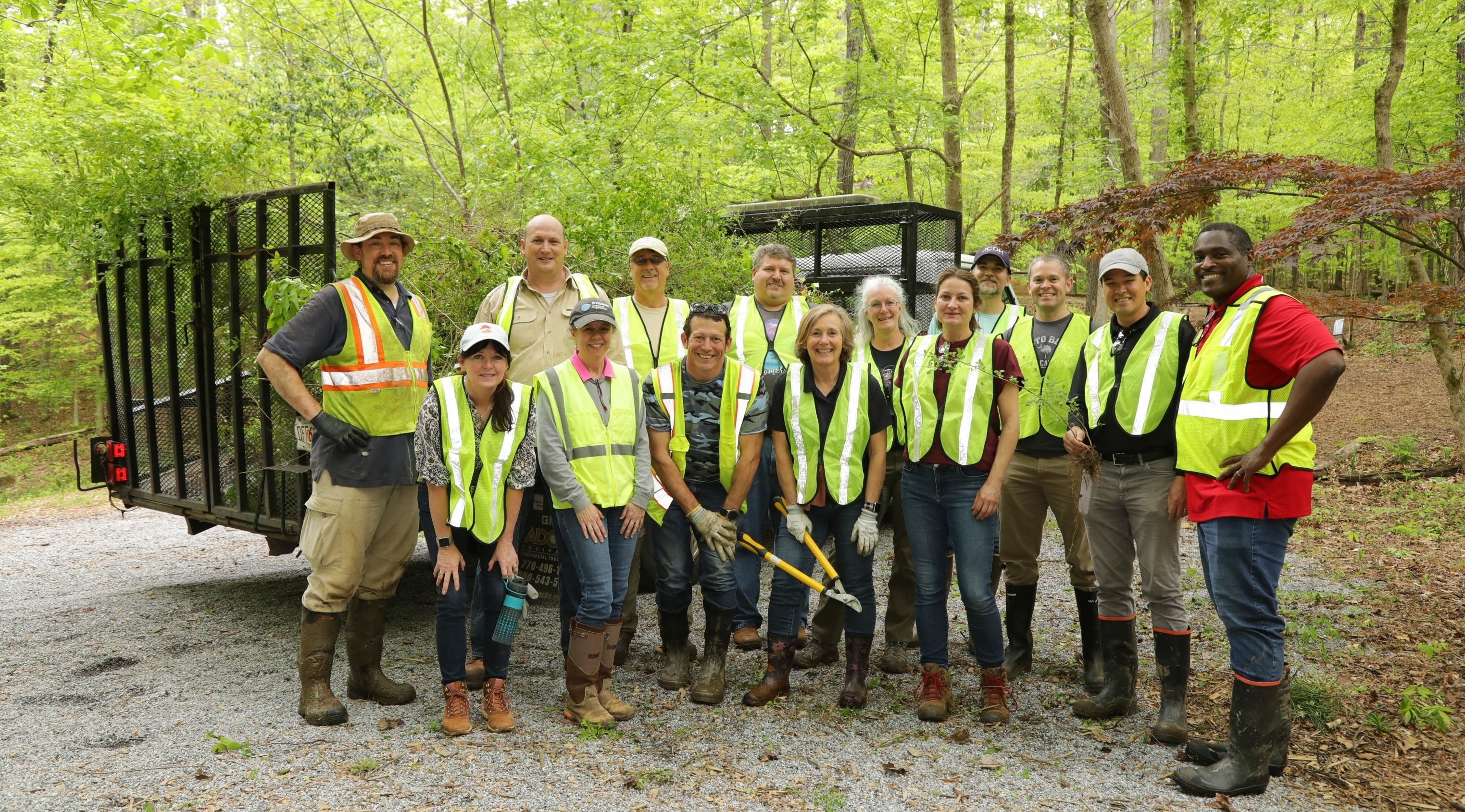 2022 Seminar Service Project Volunteers |
 2023 Seminar Service Project Volunteers |
WOTUS Update
Kevin Coyne, SESWA
As 2023 ended, a final rule was in place but there was limited guidance on how the rule could be implemented. Many still have questions, as the proposed WOTUS guidance provided some answers but also developed many more questions on applicability of the rule and how states could implement beyond the federal law. As we begin 2024 federal regulators have commented that additional guidance will be developed, but we also anticipate the year to bring new lawsuits, from both the regulated and environmental sectors. In Louisiana, a decision provided some clarity on how states can be limited in overstepping federal guidelines and pending decisions, including one in Kentucky, could provide further evidence on rule implementation. SESWA will continue to monitor WOTUS and any additional guidance and decisions that take place in 2024.
Re-imagine Your Public Meetings with Pop-Ups!
Ariel Bushel, City of Raleigh, NC
Are you looking for a way to increase engagement and attendance at public meetings? The City of Raleigh, NC has recently seen success in “pop-up meetings” which are less formal and bring the information directly to the residents’ communities. Recent pop-up meeting had 5 times the number of attendees than the traditional meeting (located in a community center) for the same project.
Here's how you can plan a pop-up meeting:
-
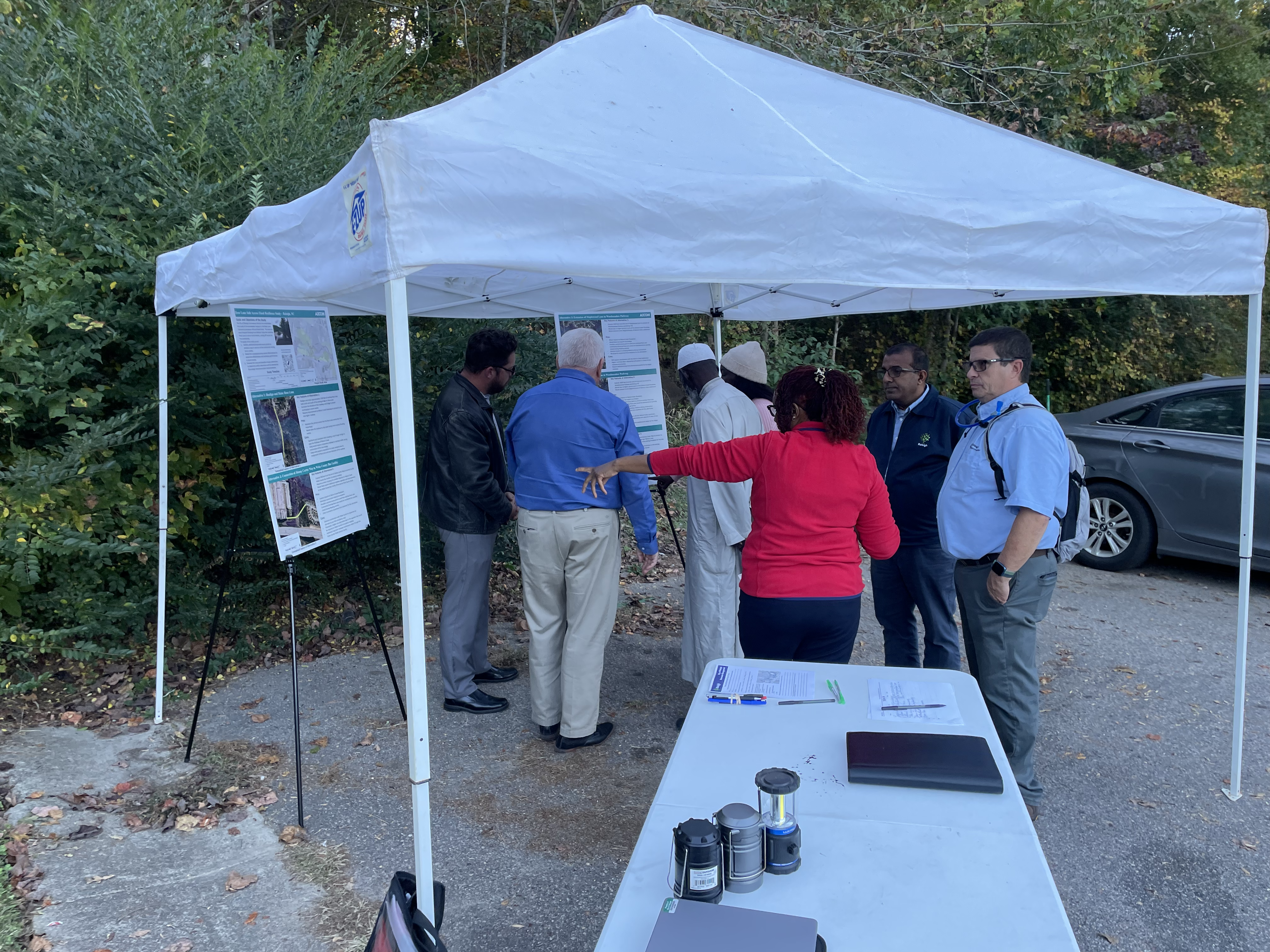 Select a location within the neighborhood(s). If there are multiple neighborhoods within the project area, you can stagger the pop-ups by week or have them simultaneously.
Select a location within the neighborhood(s). If there are multiple neighborhoods within the project area, you can stagger the pop-ups by week or have them simultaneously. -
Send letters/postcards to residents, post yard signs in the neighborhood one-two weeks beforehand, and send meeting information via the NextDoor app and by email.
-
Set up one-two tents outdoors with posters related to the project. Pop-up meetings can also be indoors at the neighborhood club house or recreation center.
-
Provide light snacks (chips, popcorn machine, etc.), games (large checkers board, etc.), and music if available.
Benefits:
-
Brings the information to the residents which is convenient and increases attendance.
-
Makes the project more personal and relevant because they are meeting in their neighborhood.
-
Provides an approachable and open environment for residents to share their opinion.
North Carolina 2023 Legislation Summary
Daryl Hammock, W.K. Dickson
The NC legislature introduced a spate of bills in 2023 to alter local stormwater management programs. Most of the proposed changes were aimed at diminishing local regulatory control, weakening protection, or shifting costs to others. After local governments raised concern, many of these bills did not advance or were altered significantly to reduce the effects to stormwater management programs.
The Regulatory Reform Act of 2023 (H600 Section 3) originally sought to fully exempt an owner of a stormwater control measure from paying stormwater fees. In its final form, the bill enabled only a fee credit or fee reduction for stormwater control owners. However, Section 1 of H600 (Session Law 2023-137) resulted in changes that allow land development projects in Water Supply Watersheds to exceed their impervious area cap.
Another bill that ultimately became law that SESWA membership in NC should be aware of is Session Law 2023-134 (Section 12.10(c) of H259) which states that local governments may not deny a draft erosion and sedimentation control plan based solely upon the applicant's need to obtain other environmental permits.
First Stop, Stormwater - Water on Wheels in the Classroom
John Butler, Gwinnett County, GA
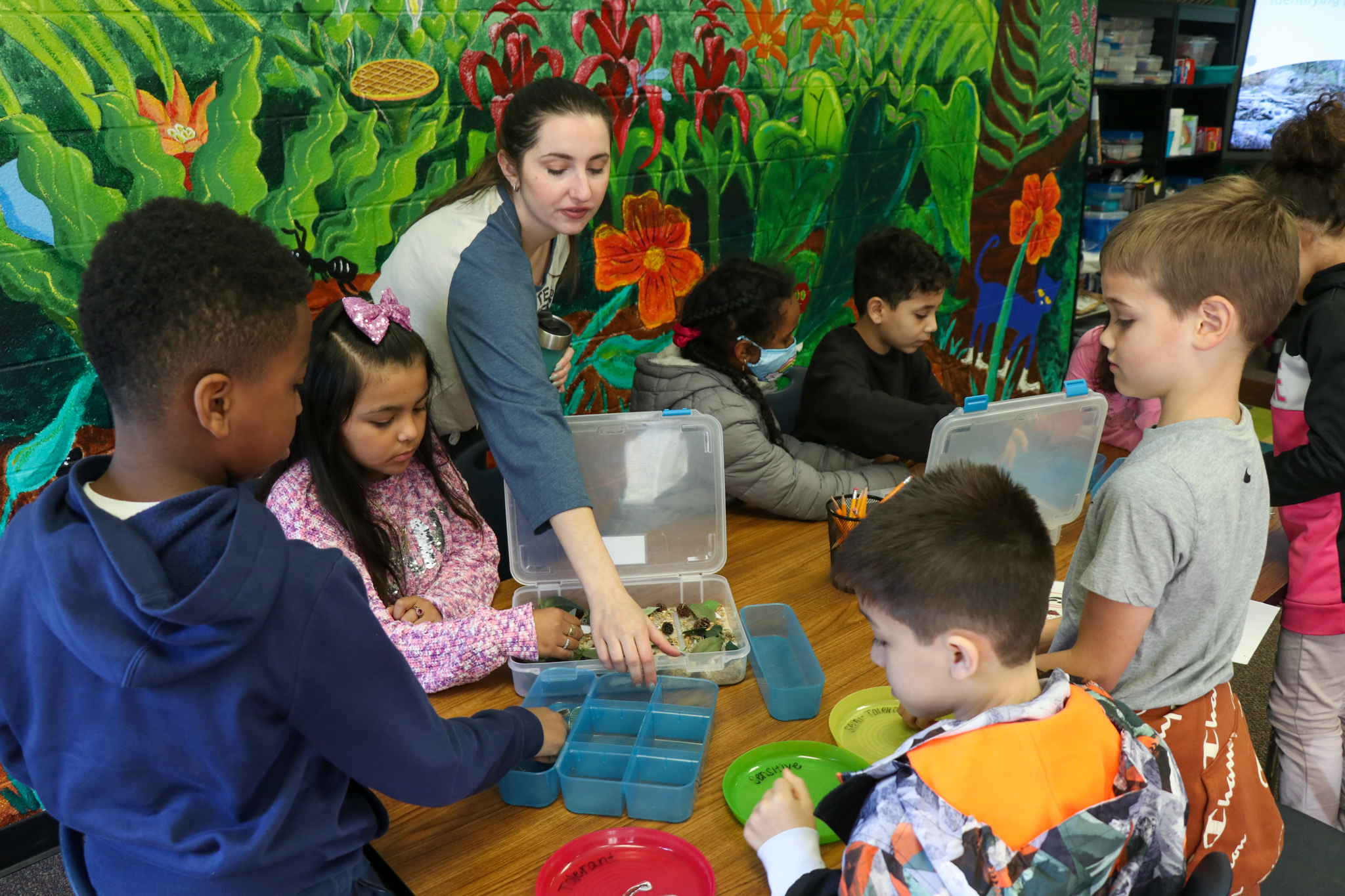 Knowing that our children are our future, it makes sense to get water education in front of students as early as possible. In Gwinnett County, GA, a program called “Water on Wheels” has been bringing water education into the classroom for over ten years. This program aligns lessons all about water to the Academic Knowledge Standards (AKS) provided by the school system, making the lessons very attractive to teachers. It turns out that many AKS standards go hand-in-hand with stormwater
Knowing that our children are our future, it makes sense to get water education in front of students as early as possible. In Gwinnett County, GA, a program called “Water on Wheels” has been bringing water education into the classroom for over ten years. This program aligns lessons all about water to the Academic Knowledge Standards (AKS) provided by the school system, making the lessons very attractive to teachers. It turns out that many AKS standards go hand-in-hand with stormwater 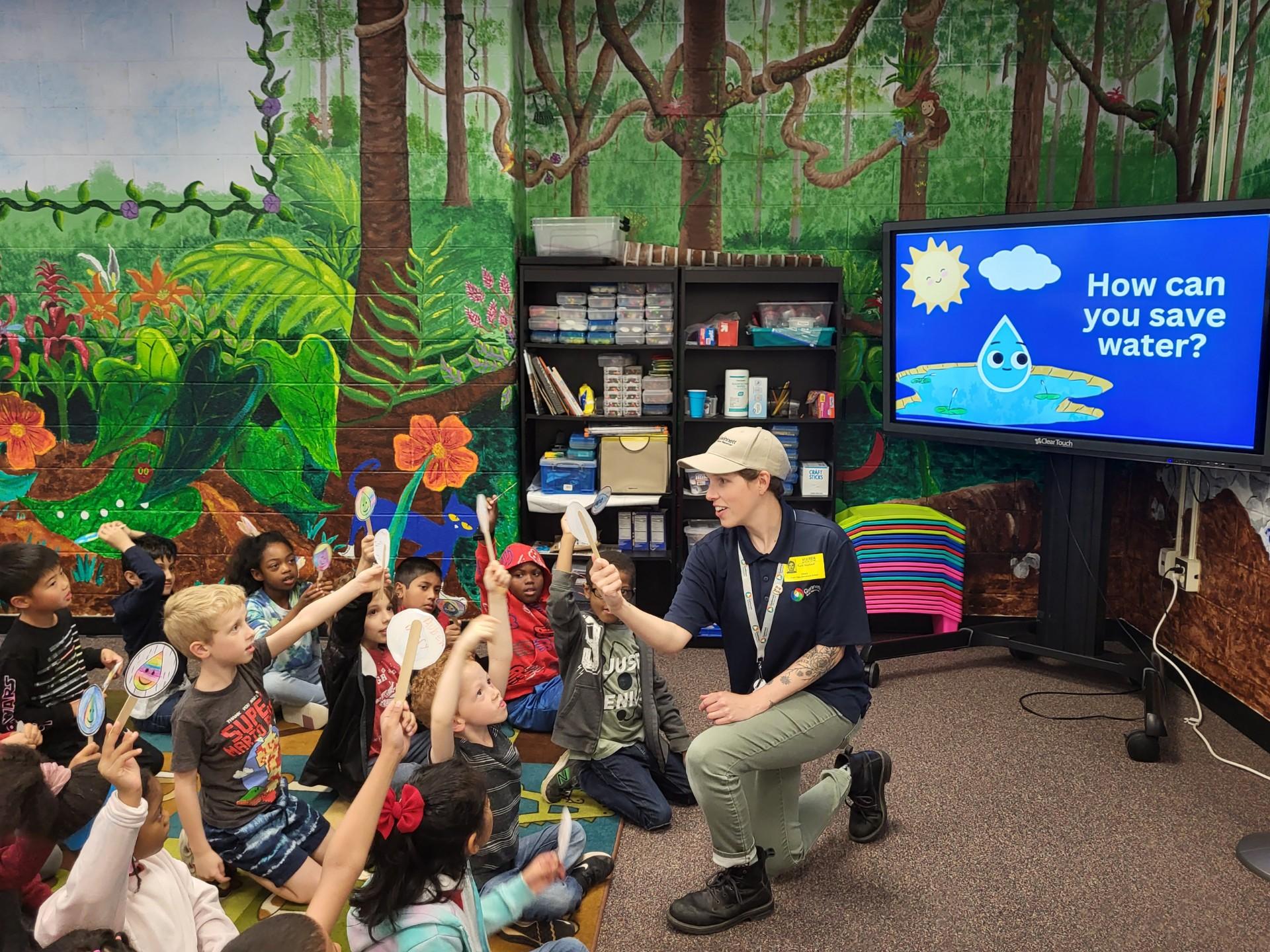 education. Erosion, habitats, and pollution all show up in various grade level standards. Water on Wheels delivers free education on these stormwater topics by offering in-class field trips for free. Educators develop programs and curriculums and market the opportunity directly to teachers through community partner organizations like Gwinnett Clean & Beautiful and through the Science Curriculum Coordinator at the school system's administrative office. Demand has been steady, even through the pandemic when the program went virtual, up to 15,000 students have been educated each school year, bringing stormwater education to the next generation of leaders at a time when they are most receptive.
education. Erosion, habitats, and pollution all show up in various grade level standards. Water on Wheels delivers free education on these stormwater topics by offering in-class field trips for free. Educators develop programs and curriculums and market the opportunity directly to teachers through community partner organizations like Gwinnett Clean & Beautiful and through the Science Curriculum Coordinator at the school system's administrative office. Demand has been steady, even through the pandemic when the program went virtual, up to 15,000 students have been educated each school year, bringing stormwater education to the next generation of leaders at a time when they are most receptive.
NACWA Corner
Provided by the National Association of Clean Water Agencies
Emily Remmel, Senior Director of Regulatory Affairs
Navigating the Uncharted Regulatory Territories for PFAS in 2024
The water sector witnessed a very busy 2023 with various rulemakings proposed, and the year ahead promises to be no different on the regulatory front. As 2024 gets underway, the federal landscape of regulatory activity is poised for some notable and novel actions, especially with respect to PFAS. This ever-evolving regulatory incrementalism – for clean water utilities and stormwater agencies both - warrants keen awareness and participation and oversight from the water sector as proposed Clean Water Act rulemakings are issued and finalized.
On PFAS, the U.S. Environmental Protection Agency (EPA) will be finalizing its efforts to set National Primary Drinking Water Regulations for six individual chemicals in the coming weeks, which will impact every public water supplier in the country. It will also drive future regulatory actions on the clean water and stormwater side simply by the precedent of setting extremely low PFAS limits. Notably, EPA is proposing enforceable levels or Maximum Contaminant Levels for PFOA and PFOS at 4 parts per trillion (ppt) – the lowest analytically detectible level that can be measured with reliability.
EPA is also primed to finalize its efforts to designate PFAS as a hazardous substance under the Comprehensive Environmental Response, Compensation, and Liability Act (CERCLA) – with a purported aim of spurring remediation of contaminated sites and holding polluters responsible for the pollution they caused. However, due to how CERCLA operates in practice, absent Congressional intervention and a protection from liability for passive receivers like clean water agencies and stormwater agencies, the listing of PFAS contaminants under CERCLA will place substantial liability on public agencies and their communities for pollution they had no role in producing, using, or profiting from in the first place. The proposed rule remains under review at the Office of Management and Budget (OMB), but it is expected to be finalized in March. NACWA and many others continue to advocate that PFAS chemical and manufacturing companies must be the ones held responsible for the pollution they create.
Also, ahead on the PFAS regulatory landscape is an analytical methodology for measuring PFAS in the environment. EPA is nearing its completion of its multi-laboratory validation for Method 1633 which can analyze 40 different PFAS chemicals across eight different environmental media (wastewater, sediment, groundwater, etc.). Once EPA finishes this methodology, it is expected to go right into promulgation under the Clean Water Act as a 40 CFR Part 136 Method. The promulgation process is expected to take about a year, so it is likely we will have an enforceable Clean Water Act approved method by mid-2025.
The clean water sector continues to wait for EPA to finalize its aquatic life criteria for PFOA and PFOS which were proposed back in 2021. EPA is reassessing its proposed criteria values due to new peer reviewed science that could drive the proposed values lower. NACWA expects to see these proposed revisions sometime this spring. The Agency is also primed to release draft human health water quality criteria for PFOA and PFOS which use some of the same factors that went into deriving the drinking water standards. These criteria values are expected to be extremely low and will directly impact clean water utilities and likely lead to increased monitoring and BMPs for stormwater utilities, if they are adopted by states into Clean Water Act standards and incorporated into National Pollutant Discharge Elimination System permits.
The next few months are going to be very busy on the PFAS front as the Agency attempts to finalize its regulatory priorities before the November Presidential election. NACWA will continue to advocate at the national level on PFAS issues and welcomes any thoughts from SESWA members on regional or state movement that arises. Please contact Emily Remmel, NACWA’s Senior Director of Regulatory Affairs with questions.
Don't see news from your state?
Please contact us with your news or share your comments on our newsletter by emailing us at [email protected].
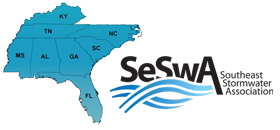


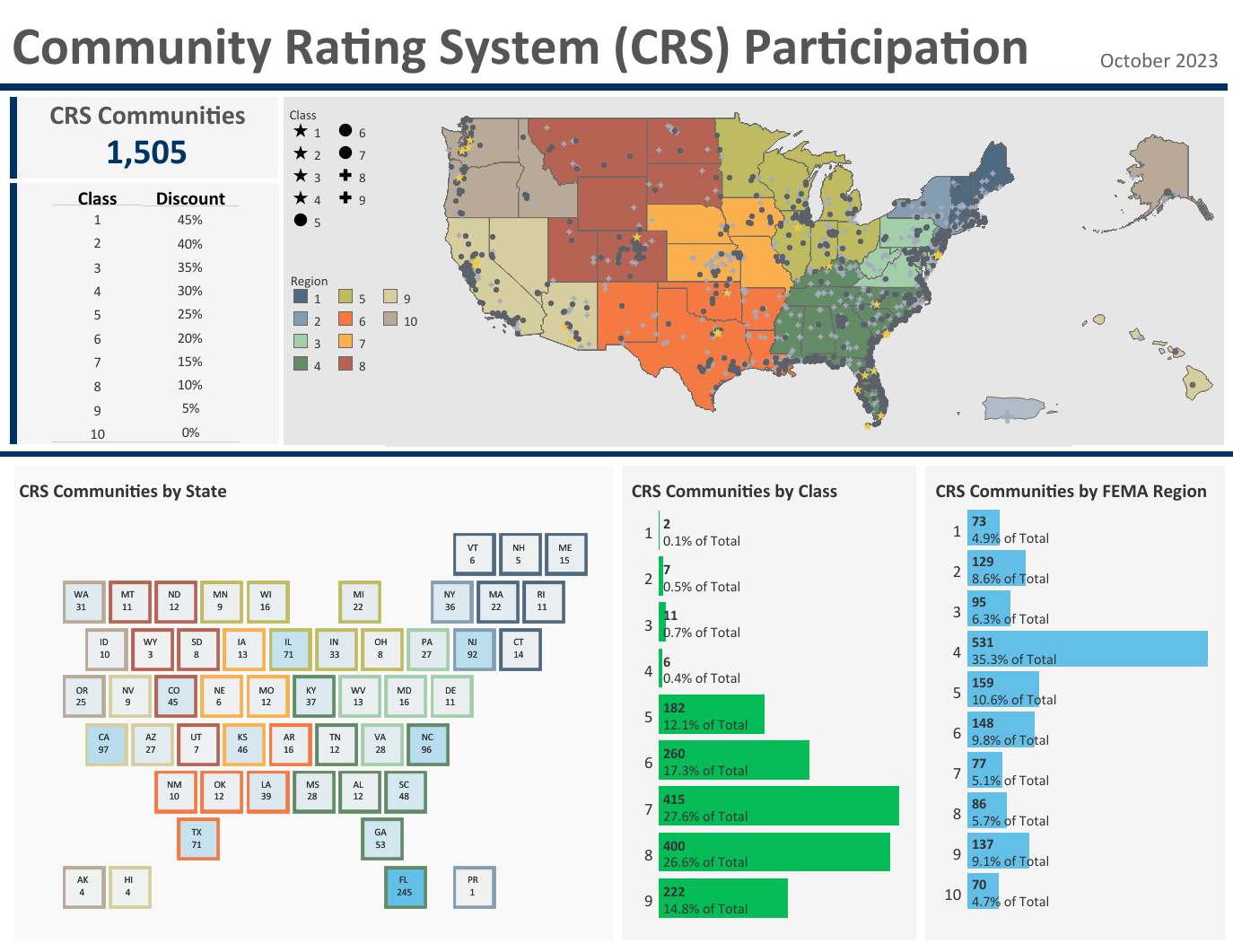 One program we’d like to talk a little more about is the Community Rating System (CRS). CRS is a voluntary program associated with the FEMA National Floodplain Insurance Program (NFIP). While “floodplain” is in the name, there are many stormwater management activities that are credited under this program. Under CRS, communities accrue points for engaging in creditable activities and are rewarded for doing more than regulating construction of new buildings to the minimum national standards. In addition to the benefit of a more resilient community,
One program we’d like to talk a little more about is the Community Rating System (CRS). CRS is a voluntary program associated with the FEMA National Floodplain Insurance Program (NFIP). While “floodplain” is in the name, there are many stormwater management activities that are credited under this program. Under CRS, communities accrue points for engaging in creditable activities and are rewarded for doing more than regulating construction of new buildings to the minimum national standards. In addition to the benefit of a more resilient community, 